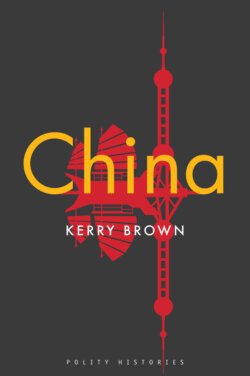Читать книгу China - Kerry Brown - Страница 18
2 China Reconstructs (1949–1958)
ОглавлениеIn 1949, the average life expectancy in China was just 31. Levels of literacy were 20 per cent.1 Only 13 per cent of the population lived in cities by 1953.2 With a population of 573 million, the per capita GDP was US$50, ten dollars less than India’s.3 But as Barry Naughton has explained, ‘By 1949, China was still very poor, but development had nevertheless begun.’ The legacy of the war meant this ‘aided the Communist government in the execution of its socialist industrialization strategy’.4 Mao had declared that the Chinese people were a blank sheet. And while there had been some attempts to develop China under the Nationalists during the Republican era, these supplied a base on which a massive amount needed to be built for the country to have any hope of modernizing successfully.
‘In official histories,’ historians Jeremy Brown and Paul G. Pickowicz argue, ‘the early 1950s appear as a “golden age” of relative stability, economic recovery, and social harmony.’5 In what some accounts portray as a honeymoon period, the Communists implemented a series of reforms, doing so with the mindset of a revolutionary force rather than a government. Private enterprises and non-governmental entities which had played some role in the period prior to 1949 were largely eradicated. The new regime faced severe challenges, however. The Korean War (1950–3) meant that the PRC was not at peace for the first years of its existence, but engaged in a conflict directly with UN forces, predominantly the United States, in the neighbouring Korean peninsula. Moreover, the impact of the Land Reform movement and early purges of intellectually and other distrusted groups from 1952 to 1953, the attempt to subjugate Tibet from 1951 to 1959, and looming clashes with the USSR, despite its initial role as a patron and development assister, also belong to a less ideal narrative.
